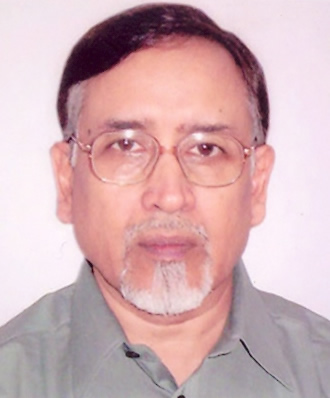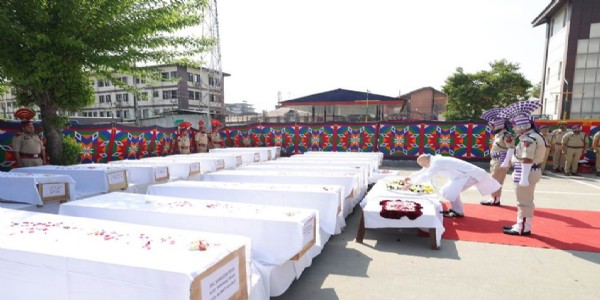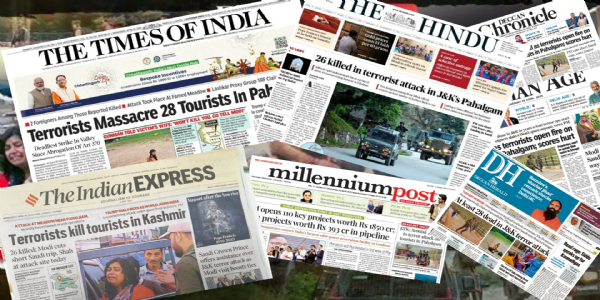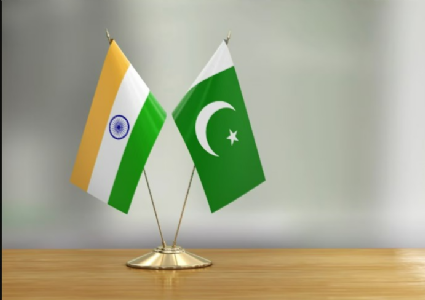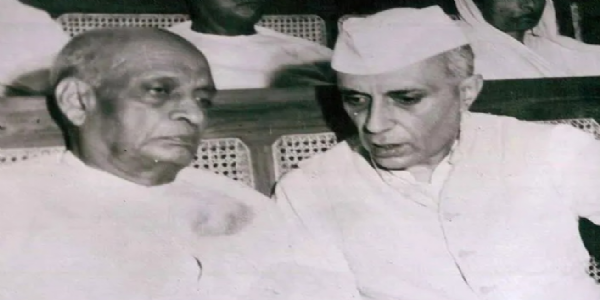Some thoughts on Covid-19: Data handling and plasma therapy
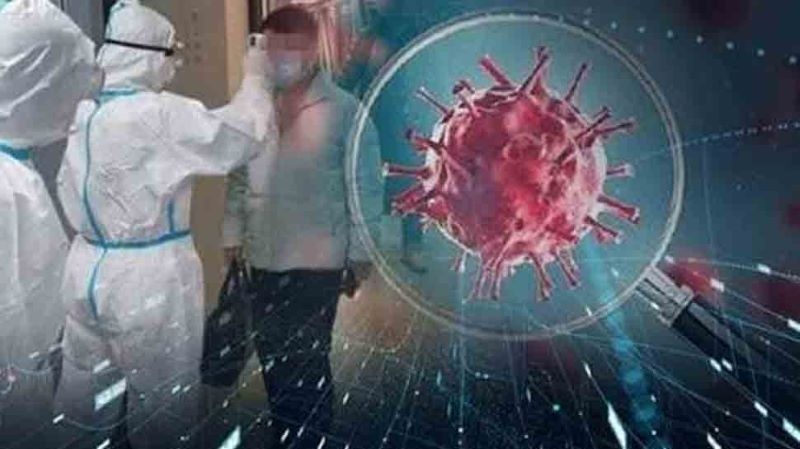
I learned that the disease has a run of two weeks, and by that time either one survives or one dies. Given a fixed sample, i.e. a given number of patients, say, 10000, there can be only two categories, the ‘Recovered’ and the ‘Dead’, after two weeks from the date of infection.
To make things more tangible to the reader, let us assume that on April 1, 2020, the number of people who are detected with the infection is 10000; this batch of 10000 is our fixed sample. We keep monitoring these people and on April 15, 2020, when the disease has run its course, we look at the tally of the Recovered and the Dead, strictly within this sample.
The percentages of the two categories in this sample would add up to 100 or very nearly so. There may be a small mismatch of 2 or 3 percent because some people may report the illness after a few days of suffering and some may report on day one. Hence, there is a little uncertainty on the starting date, which explains the small discrepancy. At any rate, the addition of the two percentages would never miss the targeted 100 by a huge margin of 40 or so, as it is presently doing.
After pondering a little, I understood what has been happening. The data handlers are not focusing on a fixed sample. On a certain date, they look at the number who died so far and those who got infected so far. Hence, it is not a fixed sample, because those, who are dead today, had received the virus 14 days ago, and since then lakhs of people have received the infection, increasing the sample size enormously. The whole procedure seems unscientific and should be immediately corrected. The upshot would be that the percentage of the ‘Recovered’ would jump from 50 to near about 90 if not more.
My second point is about probable therapy. There is mounting evidence that the Convalescent Plasma Therapy is so far the best treatment, considering putting a patient on Oxygen or ventilation as artificial life support and not therapy. Of course, most patients need no therapy at all. They recover on their own after a few days.
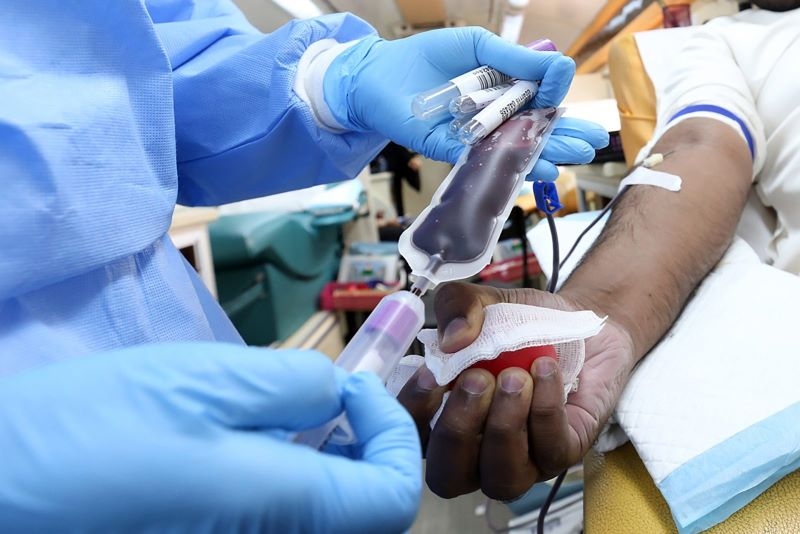
I propose a strong incentive of Rs. 1000 for such donors. Of course, blood would be taken only when he or she is found eligible to donate blood. A cost-benefit analysis should be done for this proposal. The plasma therapy is inherently cheap if there is a goodly supply, compared to putting people on Oxygen or ventilators.
The Government has been investing heavily to build up a stock of mechanical equipment such as ventilators and Oxygen cylinders, both of which are in shortage. Let it invest in collecting plasma; this investment may offset the requirement of costly mechanical equipment to a large extent. Let there be a plasma fund to which donations may be invited.
Thus, those with money, but no convalescent plasma in their body, can also contribute. Let us work in unison to build effective and available therapy to fight Covid-19.
Bharati Web

